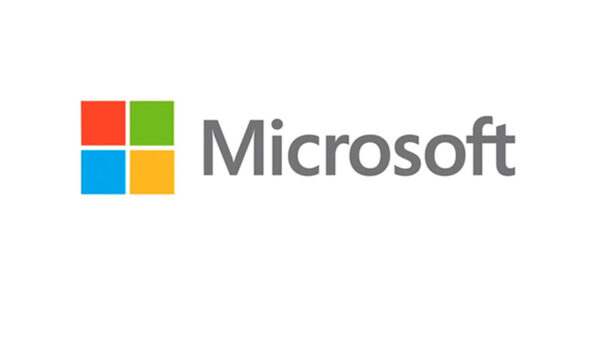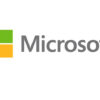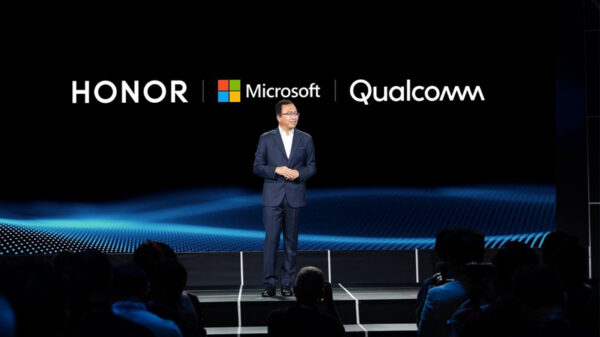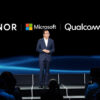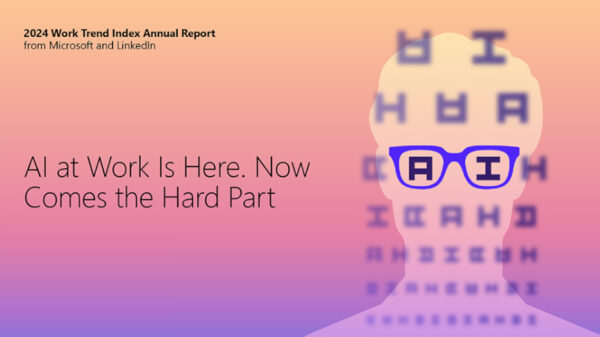The end of Windows 7 support seems far away, but the time between when the next version of Windows (currently codenamed “Windows Threshold”) may ship, and support for Windows 7 will end, is about the same timeframe as from when Windows XP support ended, according to Gartner.
The end of support for Windows 7 will be January, 2020, assuming there are no changes to its current support life cycle. While this feels like it’s a long way off, organizations must start planning now, so they can prevent a recurrence of what happened with Windows XP, says a Gartner analyst.
In a blog post, Stephen Kleynhans, research vice president at Gartner, says CIOs and endpoint computing managers should get ahead of the game and avoid the issues many organizations encountered last time.
Microsoft ended support for Windows XP on April 8 this year and even though the end date was set in 2007 based on a life cycle support policy Microsoft introduced in 2004, many organizations were not able to completely eliminate the OS by the deadline. Nearly a quarter of PCs in organizations were still running Windows XP after support ended, leaving IT to figure out how to secure Windows XP and/or find funding to do so.
“The good news is that improvements to Windows 8 help enable adoption. Microsoft has moved to a more fluid approach to releasing and updating Windows. In the 18 months since its release, Windows 8 has had two significant updates, and we expect more during the next year,” said Kleynhans.
Kleynhans noted that organizations that have already deployed some Windows 8 PCs, or that decide that Windows 8.1 Update 1 provides an attractive platform, should not shy away from deploying new devices with the OS.
“However, we expect that by the time an organization is ready for a broad rollout, Windows 8.1 Update 2 will have entered the market,” said Kleynhans.
Shifting deployment to Update 2 should be relatively straightforward for most organizations, and in that case, Windows 8.1 Update 1 should be seen as a pilot for that ultimate deployment. Some organizations may even try to switch to Windows Threshold for production deployment.
While upgrading Windows is getting easier, some problems will inevitably persist, says Kleynhans.
Organizations where compliance and application validation are required, for example, will likely find that deploying new PCs with Windows 8 and keeping current may be beyond their abilities. Consultation with application software providers is a must to ensure that this new update model (similar to that which occurs on mobile phones and tablets) can be supported.
According to Kleynhans, the biggest problem that organizations have with upgrading to new Windows releases is ensuring application compatibility. The vast majority of Win32 applications that run on Windows 7 will run on future releases, but having applications is only one component of application compatibility. Many organizations, especially those in industries with government oversight or compliance requirements, require applications to be officially supported by the independent software vendor (ISV) and/or go through validation processes to ensure compatibility. Such organizations may find skipping Windows 8 for most devices makes sense.
The biggest compatibility issues in terms of applications not working will continue to be those that require specific releases of Internet Explorer. Microsoft will improve the migration process — it will become easier and more reliable to upgrade PCs in place from an older to a newer version of Windows. However, Windows 8 may be the baseline required for more agile application management and upgrades, and improved processes and tools will not resolve the ISV support problem.
Gartner recommends that organizations select one of the following three options for dealing with their PC OS platforms through the remainder of this decade:
1. Deploy Windows 8 on new PCs as they arrive, thereby phasing Windows 7 out over time as PCs are replaced — this may make sense for many organizations.
2. Skip Windows 8 and plan to deploy a future version of Windows (perhaps Windows Threshold or even a release after that) to replace Windows — we believe most organizations will do this. With this strategy, many will not eliminate Windows 7 before support ends unless they budget extra funding to do so.
3. Deploy Windows 8 on all PCs to eliminate Windows 7 — for most organizations, we see little value in doing this, and do not recommend it without a solid business case.






































































































